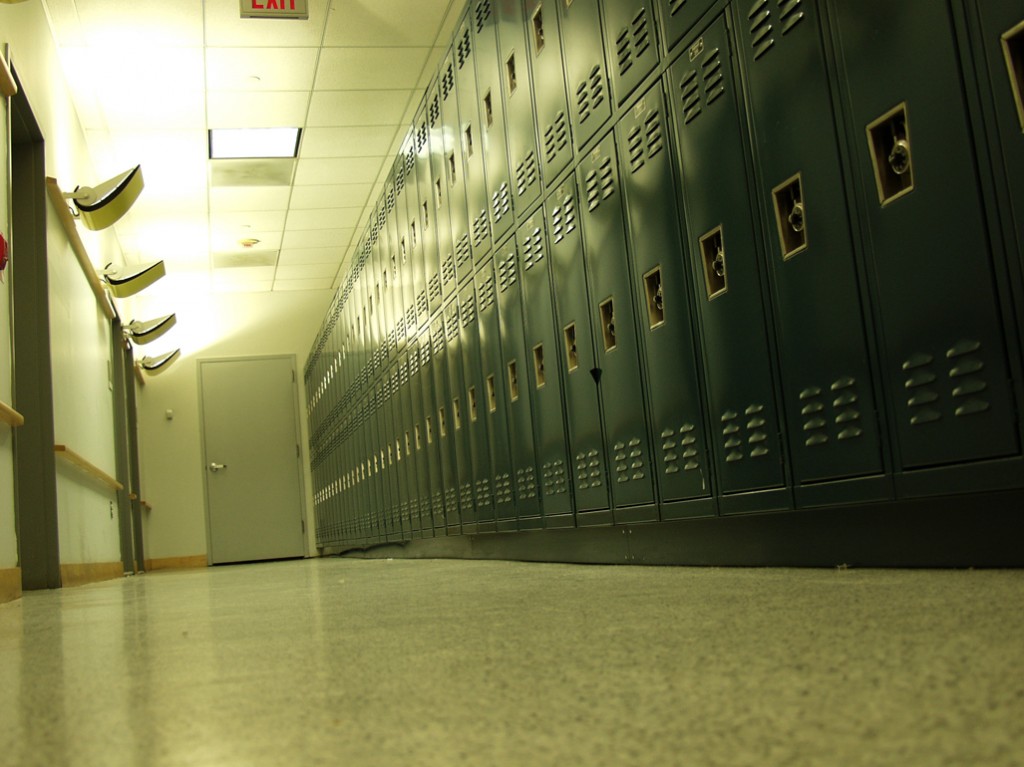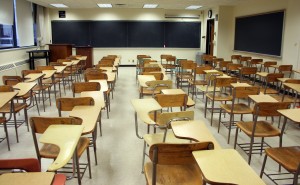Here are two things that everyone interested in education should know: some of the top performing schools in the country are charter schools, and, on average, charters do not perform significantly better than traditional public schools. The former point is exemplified by the likes of the American Indian Public Charter Schools in Oakland (which the local board recently voted to shut down), and the second by the latest national report from Stanford University’s Center for Research on Education Outcomes.
There is no necessary contradiction between these two findings. It could simply be that there is higher variance in charter schools than in regular public schools, which would cause charters to be over-represented among top and bottom performers without necessarily differing from regular public schools on average.
Charter optimists believe that to be the case, and they expect that consumer choice and the ability of low-performing charters to fail and close down will gradually raise average performance as good charter networks crowd out bad ones. There is even some evidence that things may be moving in that direction—results of the latest Stanford U. study are less bleak than those of the previous one.
The most dedicated charter school optimists are perhaps the philanthropists who are subsidizing their growth. But this is where the problems become most visible. A couple of years ago, I studied the many dozens of California charter school networks to measure the correlation between their academic performance and the amount of philanthropic funding they had attracted. In a nutshell, there isn’t one. There is, in fact, a stronger correlation between the length of a charter network’s name and its academic performance than there is between its grant receipts and its performance.
Philanthropists are indeed helping to scale-up charter school networks, but they are doing so effectively at random—much like the lotteries by which over-subscribed charters must admit their students.
This should not be too surprising. Many philanthropists talk about getting a return on their investments, but, in practice, they lack the incentives to do so that characterize for-profit investors. Philanthropists are in the business of giving money away. Investors are in the business of bringing it in. The former do not expect a financial return on their investments; the latter do.
This is a vitally important difference between genuine markets and the charter sector pseudo-market, but it is hardly the only one. The entry and exit of new market providers depend overwhelmingly on consumer demand, but charters are granted by state-sanctioned authorizing agencies which also have the power to revoke them. Charters for the operation of schools must be held by non-profit boards, who may subcontract to for-profit management firms, but this is a far cry from a for-profit firm having complete autonomy over where and when it will open a new branch. Charters are also subject to rigid price controls, a policy so damaging to the efficient and effective operation of markets that it garners almost no support among professional economists across the political spectrum. As Gary Wolfram has explained:
The effective price control of zero means that charter schools only need to offer services that are slightly better than the existing public schools. If a charter school is clearly a great deal better than the existing public school, it cannot [increase] prices and thus the incentives to provide high quality services are artificially limited.
Even with all these barriers to free and voluntary exchange, charter schools might still be considered a step in the direction of educational freedom because they are modestly more free than traditional public schools. Might be, but perhaps shouldn’t be. The long term problem with charters is two-fold: first, they are cannibalizing the enrollment of the genuinely independent school sector; and second, they are likely to be re-regulated over time.
No system of government-funded elementary or secondary schooling in the history of the world has ever remained independent in the long term. Controls on who can teach and what must be taught are typical. For-profit operation is usually prohibited. Indeed, this was the history of America’s own public schools. In the late 1800s, public schools were generally more autonomous than charter schools are today. But, over time, the officials overseeing them sought and obtained ever more power at ever-higher levels of government. There is no reason to expect the trajectory of charter schools to differ appreciably from this pattern. So, a few generations hence, they should be expected to have subsumed most of the existing private schools and regulated them in much the same way as regular public schools are regulated today. They will, in other words, move us from a 90 percent government education monopoly to a 99 or 100 percent government education monopoly. Not an improvement.
Advocates of educational freedom would be well advised to look for alternative policies that can ensure universal access to the educational marketplace without using government dollars and without suffocating the independent education sector.
This post originally appeared on the Cato Institute blog Cato at Liberty. It is reprinted here by permission of the author.




